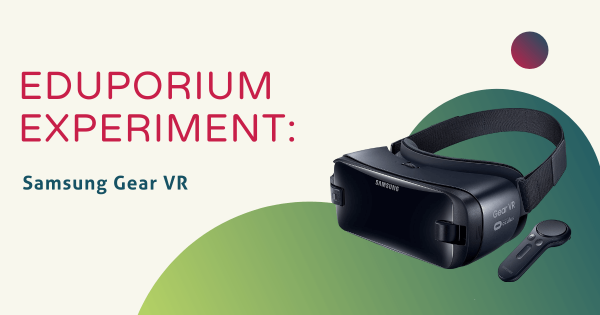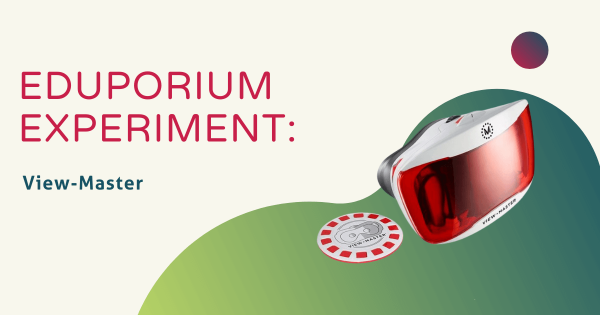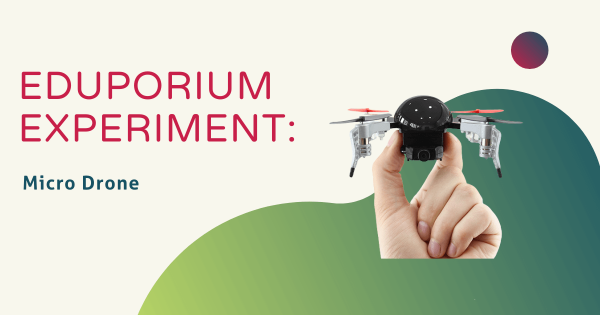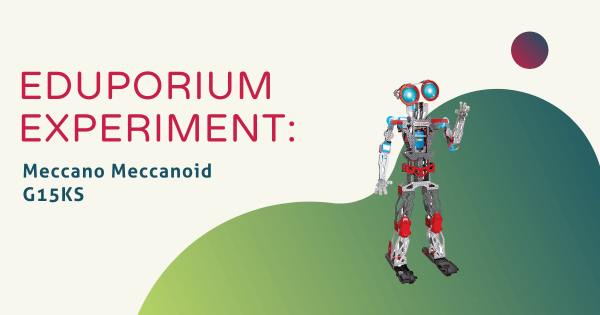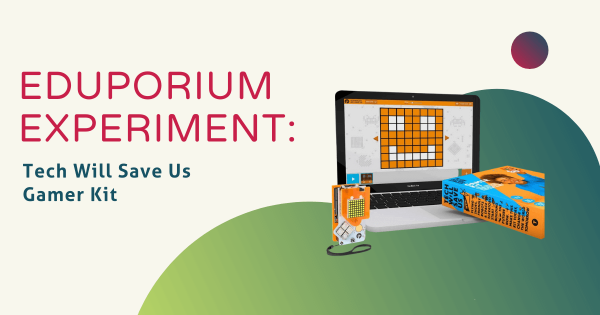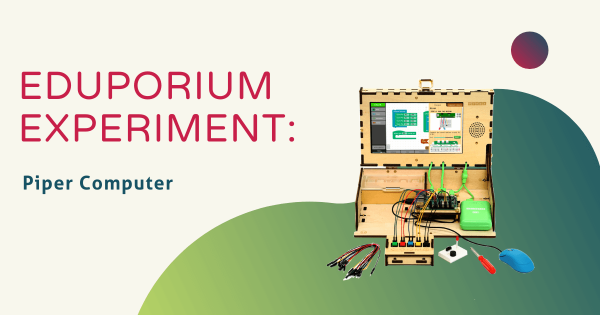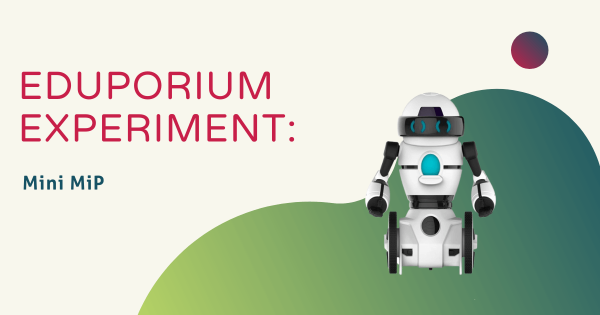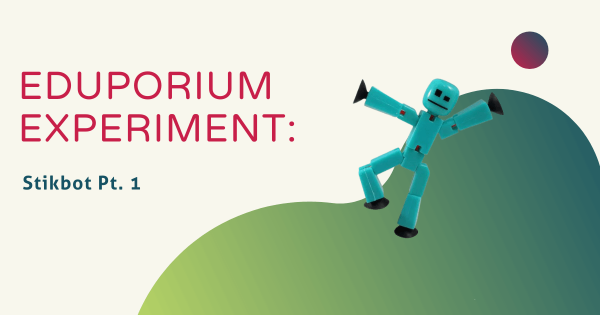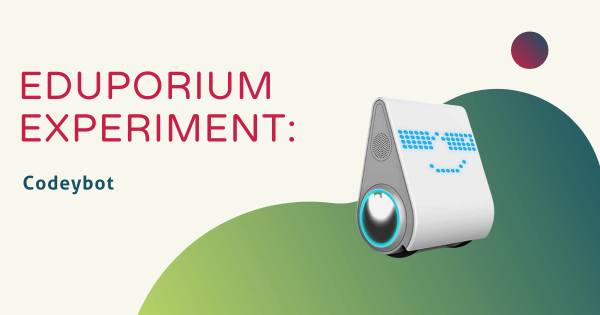For this week’s Eduporium Experiment, I focused on the Samsung Gear VR, one of the best options if you are looking for an easily integrated, smartphone-powered VR experience. The Samsung Gear VR is a portable VR headset that works with Samsung smartphones and Oculus technology.
Eduporium Experiment
Our Eduporium Experiment series is one of our longest running blogs. Whenever we add new STEAM solutions to our store, we try it out so we can learn all about it. Over the years, we've covered dozens of top STEAM teaching tools, offering our first-hand insights and tidbits for educators. We believe this content gives K–12 teachers valuable information when it comes to using various STEAM solutions with their students. Our team analyzes products from different points of view and even considers implementation strategies in different educational environments. Whether it's most useful in the makerspace, library, or in the general classroom, we're happy to continue providing these helpful guides. You'll even find classroom-ready STEAM projects to try with your students. Browse through the posts or use the search bar on the left to find exactly what you're looking for.
In each 'experiment,' we provide key background information on the STEAM tool being featured. From there, we explore an actual project. This allows us to discover subtle tricks and hints that are extremely helpful for educators to know. Whether it's a coding tool, educational robotics solution, or even an engineering kit, we do our best to cover everything educators are investigating. As the Eduporium Experiment series has expanded, we've come a pretty long way. Now, you can find dozens of helpful articles that may include step-by-step project guides, troubleshooting suggestions, and even our thoughts on what makes each STEAM tool worthwhile for 21st century students. Find our insights on integrating STEM tools like the Bee–Bot, Finch 2.0, Ozobot Evo, micro:bit V2, and so many more!
-
Eduporium Experiment | View-Master
To step into a virtual reality experience is to transport yourself to a whole new world—you can become as small as an atom or fly as far away as the farthest planet in our solar system. We have the technology to literally make the world our oyster. Today, I took a look at one of the VR products we offer -
Eduporium Experiment | Ozobot Evo
The original Ozobot has made a huge impact in the field of STEM education with its accessible and intuitive control scheme and the Ozobot team is continually working hard to give students even more ways to learn. The Evo does everything the original Ozobot can do, including following lines of color-coded programming drawn by hand. -
Eduporium Experiment | Micro Drone
As personal drones become more popular, innovators have been working hard on developing new ways to use drone technology. One of the most popular uses for a drone today? A sophisticated, flying camera! That’s just one of the features that the subject of this week’s Eduporium Experiment, the Micro Drone, comes fully equipped with. -
Eduporium Experiment | Meccano Meccanoid G15KS
It’s widely-accepted that robotics education is critical to building 21st century STEM skills because it combines so many essential disciplines depending on what each specific robot can do. I bring up my own history with robotics because it’s very relevant to this week’s post on the Meccano Meccanoid G15KS, one of the more complex STEM robots. -
Eduporium Experiment | Tech Will Save Us Gamer Kit
In a world in which making is a key factor in STEM education, the educational technology market is going above and beyond to supply the demand for computers and 3D printed gadgets. When students build with this kit, they can develop real engineering skills, design innovative devices, and code their own games using TWSU’s software. -
Eduporium Experiment | Piper Computer
The pi-top isn’t the only build-it-yourself computer on the market these days! As the Maker Movement snowballs in popularity, innovators are starting to wholly buy in to the idea that students need to learn not only in software skills, but hardware skills as well. This is where Piper, the wooden, kid-friendly, DIY laptop kit comes in and shines. -
Eduporium Experiment | Mini MiP Robot
The search continues to provide teachers and parents with an entry-level robot that ensures little ones aren’t left out of STEM learning. This week I experimented with one of our simpler robotics toys, the Mini MiP, which is developed by WowWee and serves as a smaller, less complex version of WowWee’s MiP robot. -
Eduporium Experiment | Codeybot
When there are so many personal, educational robots to choose from, how can teachers be expected to decide which one is right for their students and what they are trying to accomplish in their classroom? The ‘bot they choose has to have just the right balance of fun and learning applicability. So, let’s learn about the Codeybot.




